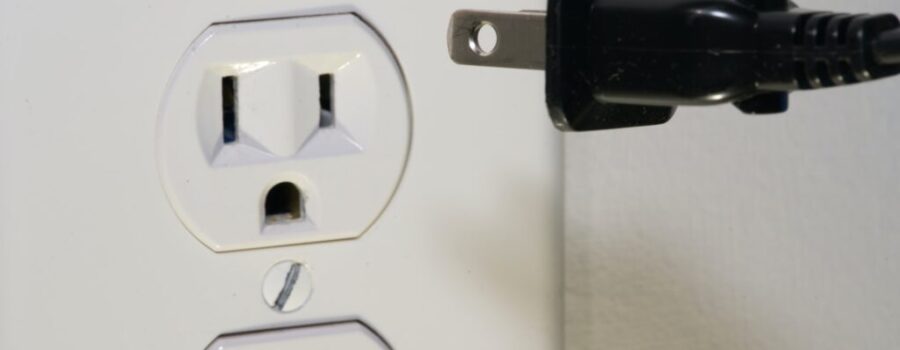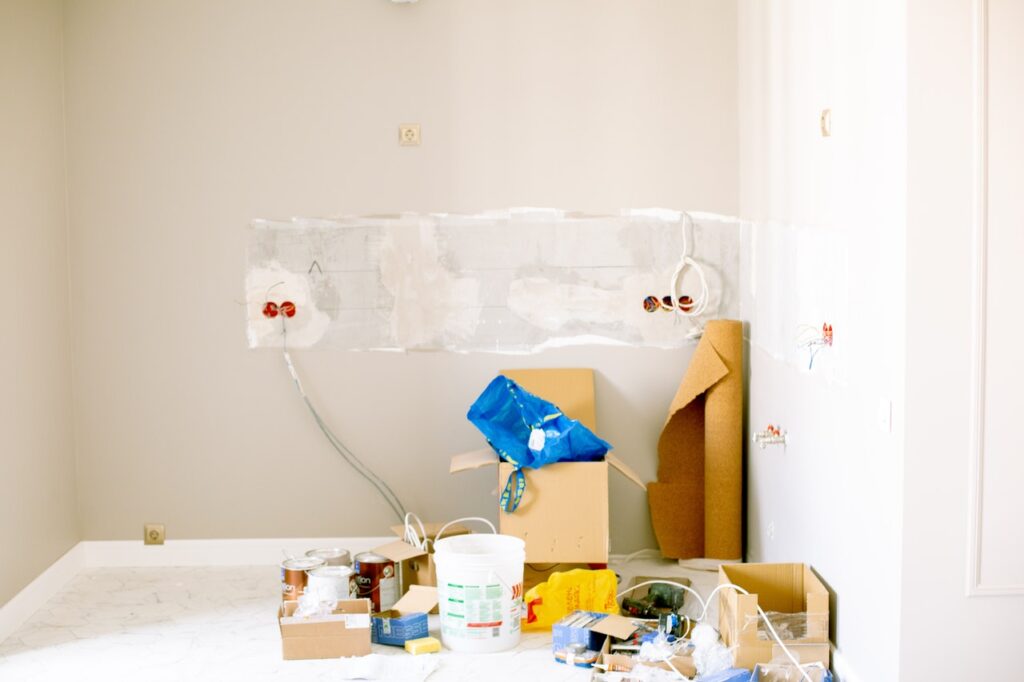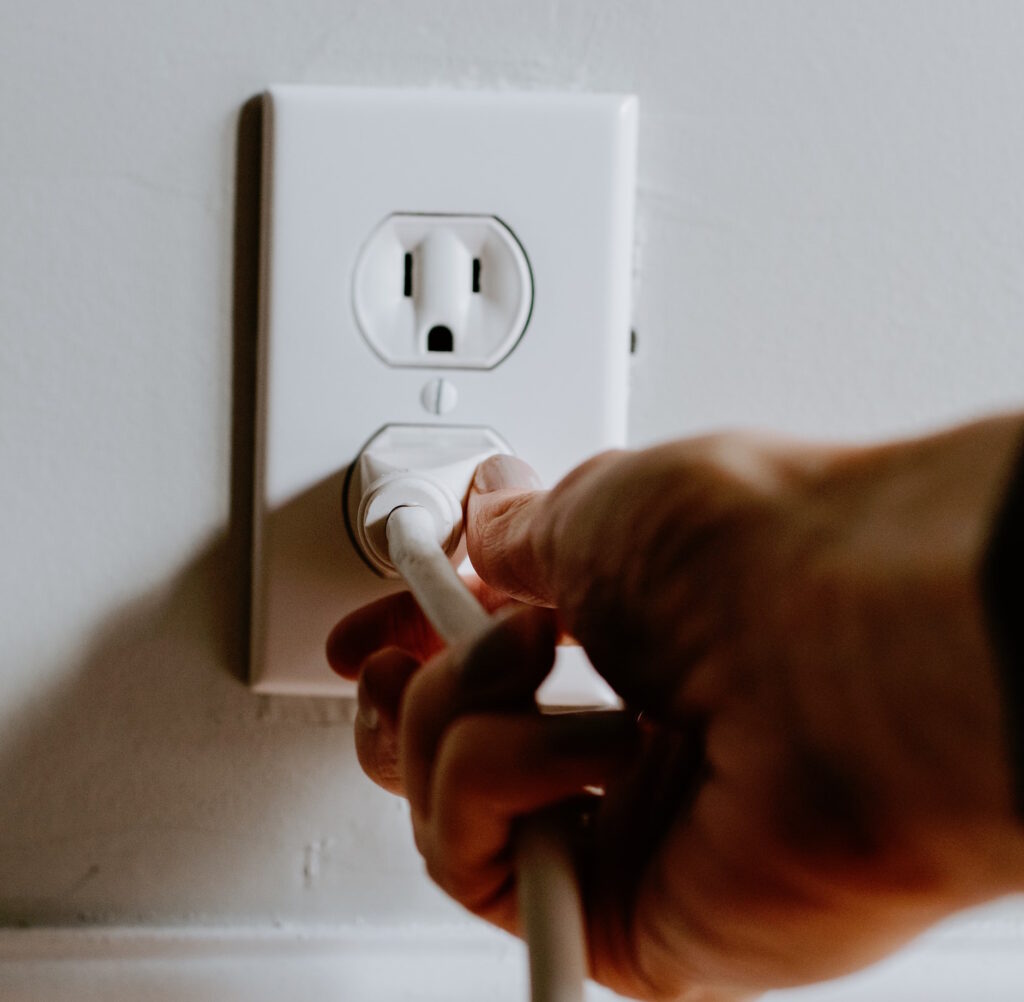
The Procedure for Obtaining an Electrical Permit
When you’re moving into a new home, there’s always a possibility that the electrical outlets haven’t been placed in the ideal locations for you. Whether you would like to position a cable connection in a different spot or want to be able to place your television along the opposite wall, adding an extra electrical outlet to your home may be preferable over using a power strip or extension cord. Even though extension cords and power strips provide decent solutions to these issues, they can be unsightly and may adversely affect the appearance of your home interiors.
If you need to use an extension cord or power strip, you can do so without first obtaining an electrical permit. On the other hand, this type of permit is necessary when adding an electrical outlet to your home. If the electrical work that you wish to perform is extensive, a permit is likely needed. While it’s possible for you to perform this work without assistance, it’s highly recommended that you seek help from a professional electrician who understands how to perform electrical work without making expensive mistakes.
By contacting a professional electrician, you wouldn’t need to apply for a permit. On the other hand, a permit must be applied for if you intend to complete this work on your own. While the size of the project dictates how long it will take for you to receive your permit after sending in an application, it typically takes around four weeks for most permits to be processed. This article goes into detail about the process involved with applying for and obtaining an electrical permit.
Key Takeaways:
- The electrical outlets in your home may not be the ideal location for your needs which is why you may need to obtain a permit to position new ones.
- When obtaining the permit, you will need to understand the electrical codes and rules in your area through a guide you may need to pay for.
- There are few exemptions for obtaining a permit that we discuss below.
Step 1: Obtaining the Electrical Permit

If you want to be able to perform an extensive amount of electrical work in your home, it’s essential that you obtain an electrical permit. Keep in mind that these permits are issued by the Los Angeles Department of Building & Safety. If you want to perform this work without any help, you will need to own your residence and be a current occupant in the property.
In the event that the home or residential unit in question is about to be exchanged, sold, rented out, or leased, you will not be able to perform electrical modifications or installations in the property. If you don’t currently own the property or intend to live somewhere else, a professional electrician will need to perform the work instead. You will be required to obtain an electrical permit for such projects as:
- Changing or installing low-voltage systems, which can include stereos, computer systems, or alarm systems
- Running extra wiring in your home or installing a receptacle that’s attached to a garage-door opener
- Converting over to circuit breakers from a fuse box
- Installing a new light fixture or electrical outlet
- Changing or installing permanent wiring
If you’re not 100 percent confident about the need to apply for an electrical permit, consider contacting the LADBS to make sure. Once the electrical work has been completed, it will need to be inspected directly by an electrical inspector who has been certified. The inspection will need to be performed within 24 hours following the completion of the project.
Step 2: Understanding Electrical Code and Rules

Before you get started on your comprehensive electrical project, it’s important that you understand the electrical code and rules that everyone in and around Los Angeles must adhere to. Even though regulations are extensive and can be difficult to remember, you don’t need to know every regulation. The main codes and regulations that you should read about include the ones that focus on the placement of power outlets in a residential home as well as the number of outlets that can be placed in a property. Take a look at the National Electrical Code when you want to brush up on your knowledge of local rules and regulations pertaining to electrical work.
The National Electrical Code guide that was put together by the National Fire Protection Association gives you a better understanding of how to properly complete electrical wiring in a home. However, this guide can cost you upwards of $175, which is a steep price to pay when you only need to look at a couple sections. You can obtain a “free access edition” of the guide when you create an account on the NFPA website. When looking at the general highlights of the guide, these points are broken down by room.
General Room Tips:
- Only use 15-amp circuits for standard rooms
- Make sure that wall outlets are positioned every 12 feet
- Any hallway that’s more than 10 feet in length must be outfitted with an electrical outlet
- An outlet can be installed in any area of wall space that’s over 24 inches in width
Bathroom Tips:
- Outlets shouldn’t be positioned face-up on countertops
- Make sure that only GFCI outlets are installed in bathrooms with one outlet being within three feet from the outer edge of a sink basin
- Make sure that bathrooms outlets are placed on one or more separate branch circuits of 20 amps
Kitchen Tips:
- Every outlet must be a GFCI outlet
- Don’t install any face-up outlets
- Use two or more branch circuits for countertop outlets
- An outlet should be placed above every countertop that’s at least 12 inches in width
- Any peninsula or island in the kitchen should be outfitted with one or more outlets
- Make sure that the outlets aren’t positioned more than 20 inches above the countertops
Step 3: Having an Exact Location of Your Electrical Outlet
When you’re attempting to install a new electrical outlet, it’s important that you have selected an exact location for the outlet in question. When you are familiar with the National Electrical Code, you should have a better idea of where your outlet can be placed. Keep in mind that it should be relatively easy for you to get a conduit or wire to the new location. Likely the best location for a new outlet is on a wall that’s already outfitted with an outlet on the other side.
By positioning the outlet in this location, it can use the same power source. If the outlet that you’re installing isn’t going to be used regularly, you could attempt to draw power from a nearby outlet circuit. For any outlet that’s going to be used frequently, a dedicated circuit may need to be installed. In these situations, it’s important to request the assistance of a licensed electrician. They can tell you if the new circuit has been placed in the right location.
Step 4. Understanding the Variety of Outlets

There are three separate types of outlets that you should be aware of before you start working on this type of project, the primary of which include AFCI and GFCI outlets. These outlets include:
- GFCI outlets – These outlets are able to provide an ample amount of protection from electrical shock and are required to be used in kitchens, bathrooms, outdoor locations, basements, and any areas where water is located
- AFCI outlets – These outlets are designed mainly to provide extensive protection against the possibility of overheating, which is why they are required to be placed in hallways, living rooms, dining rooms, and bedrooms
- Standard outlets – These are 15-amp duplex outlets that consist of a grounding hole, a lengthy slot, and a shorter slot.
The outlet that you decide to use mainly depends on the area of your home that it’s being installed in.
Exemptions from Gaining an Electrical Permit
In certain situations, it’s possible to obtain an exemption from applying for an electrical permit for work that you’re about to do. While exemptions allow you to perform some minor electrical work without the need to apply for a permit, it’s important to understand that your project must still be completed in a manner that doesn’t violate electrical regulations in the state. The types of work that can be completed first obtaining a permit include:
- Replacing lamps or connecting portable appliances to receptacles that are permanently installed in your property.
- Minor electrical work like repairing switches, replacing fuses, replacing receptacles and circuit breakers, and repairing luminaires. This exemption only applies if the replacement is the same type and size as the current equipment.
- Installing switching devices on appliances that are privately owned.
- Repairing, installing, or altering appliances, equipment, wiring, or devices that operate at less than 25 volts and are unable to supply over 50 watts of energy.
- The replacement or repair of various hardwired appliances, which include ovens, dishwashers, and garbage disposals. Keep in mind that the replacement appliance shouldn’t place additional electrical load on the circuit in question.
- Work that’s performed by city employees on buildings that are owned or leased by the city.
Obtaining an electrical permit is a straightforward process that should only take a few weeks to complete. Once you have this permit in your possession, you can start working on the electrical project that the permit was required for. Even though it’s possible to perform extensive electrical work without professional assistance, hiring an electrician may still be the preferable option to make sure that the work is done properly and that an electrical fire doesn’t develop.

Jason Somers, President & Founder of Crest Real Estate
With over 15 years of professional experience in the Los Angeles luxury real estate market, Jason Somers has the background, judgement and track record to provide an unparalleled level of real estate services. His widespread knowledge helps clients identify and acquire income producing properties and value-ad development opportunities.
Learn more about Jason Somers or contact us.



